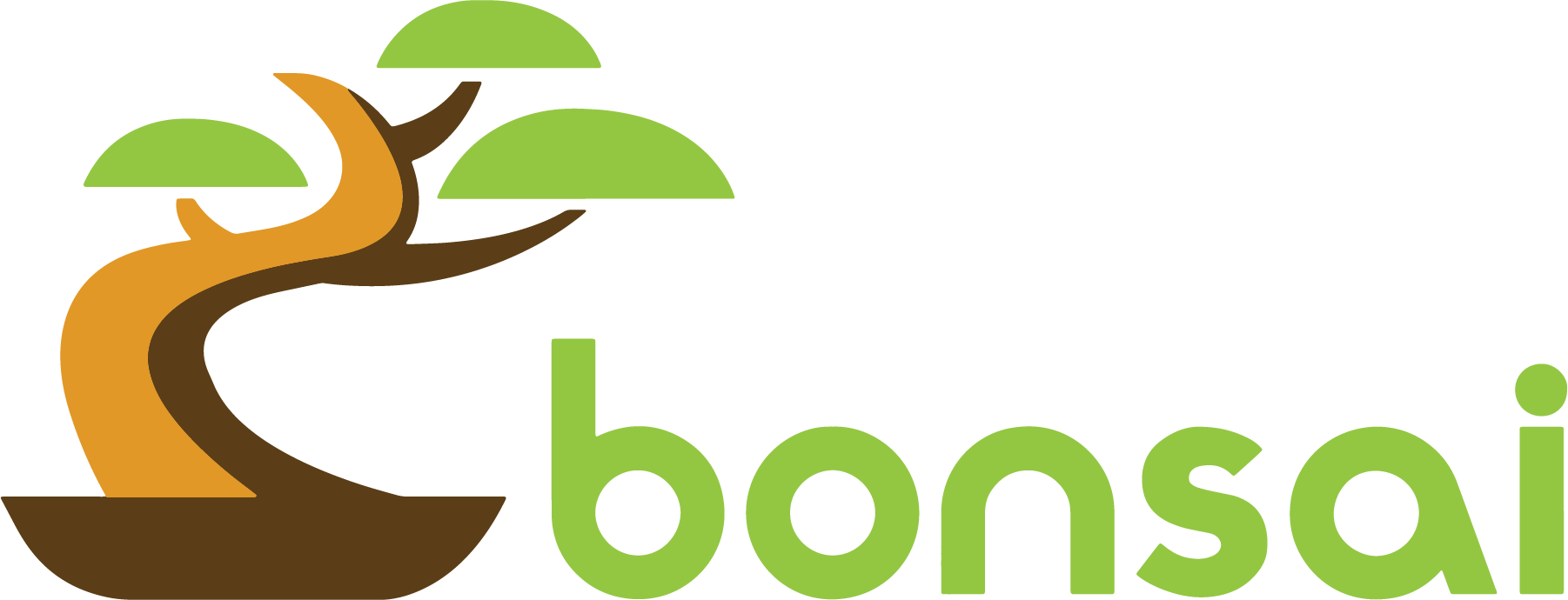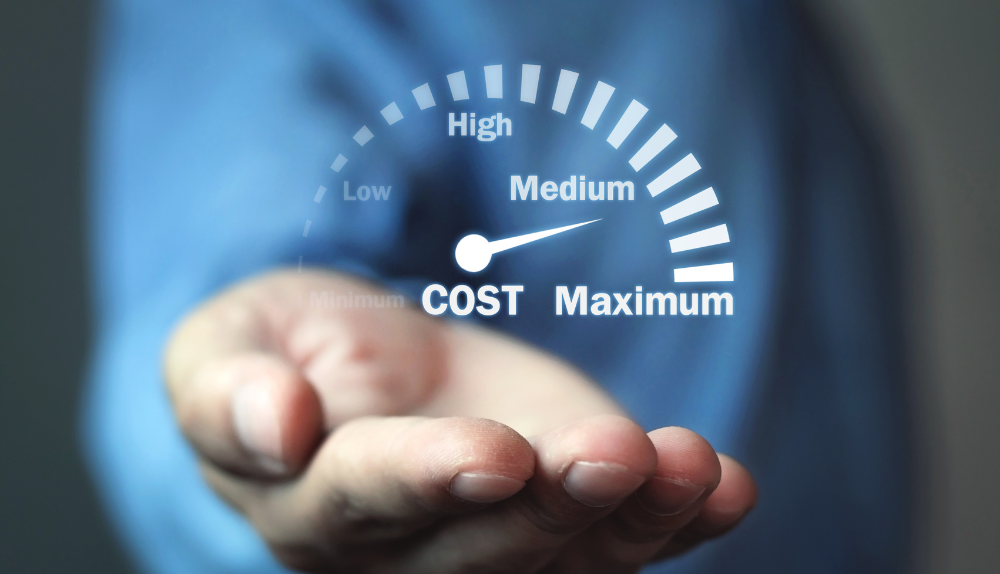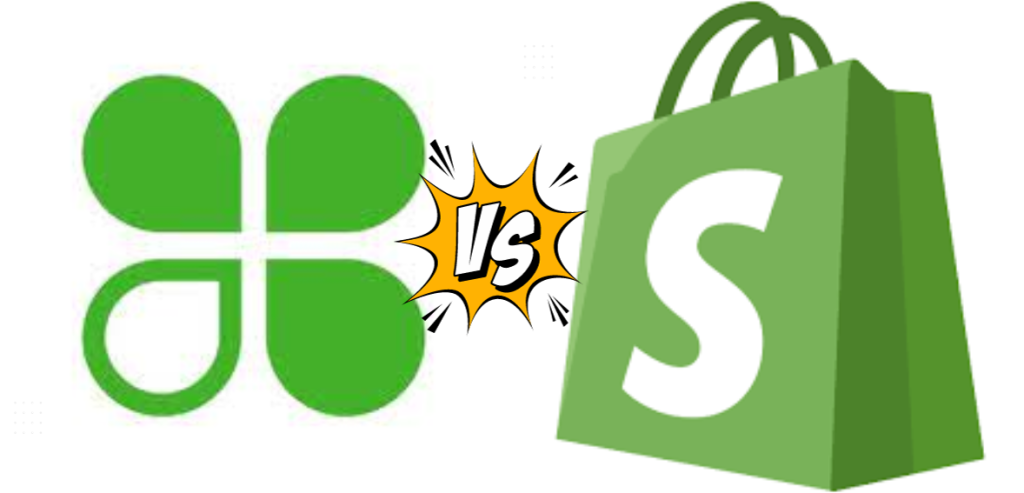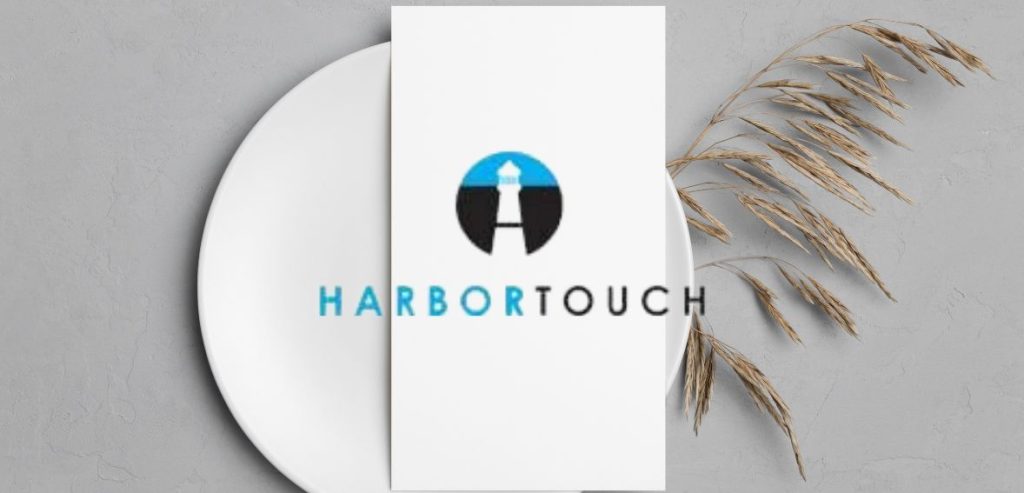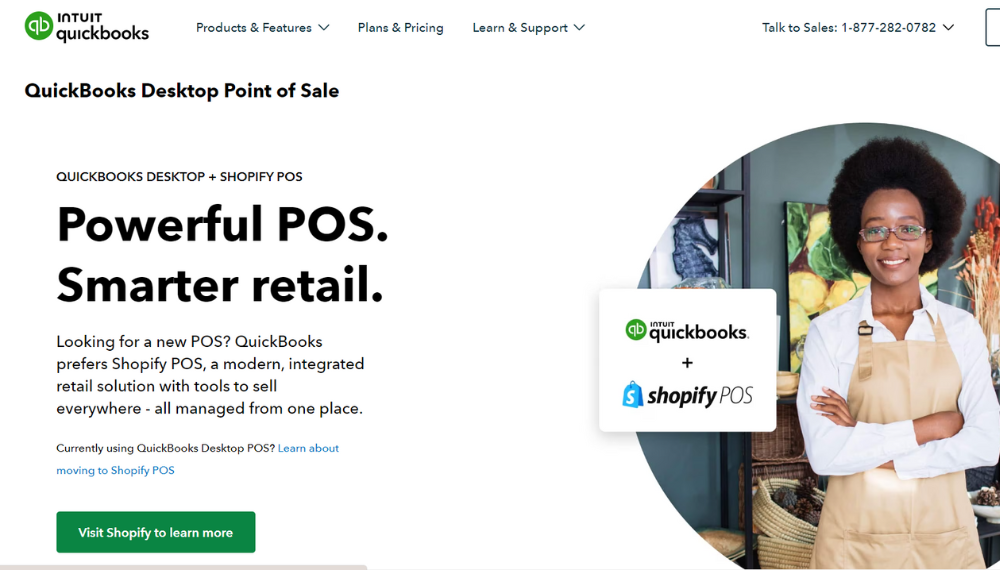Do you fancy yourself an aspiring entrepreneur interested in opening your shop? While the prospect of starting your own business is appealing, the most challenging obstacle is determining how much it will cost to get started.
Before you even open your doors, you could be in financial trouble if you don't have a solid budget. Several factors influence the overall cost of opening a retail store, from securing a storefront to stocking inventory.
How much does it cost to open a retail store? This is the question in every new business owner's mind, and that's what we'll be answering in this article.
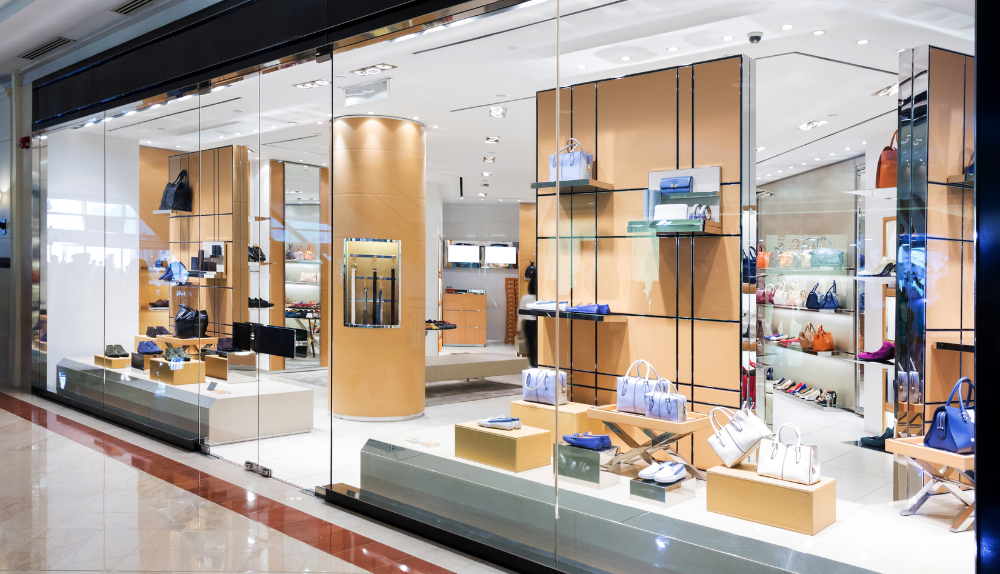 It doesn't cost anything to write a business plan, but it takes time and effort to research and make accurate projections of your monthly and initial costs. Lenders won't even consider giving you money if your business plan doesn't include a breakdown of when you expect to turn a profit.
Many variables can affect how much it will cost to open a retail store, but an excellent rough figure is between $60,000 and $120,000. Understand that this is only a rough estimate and that a more detailed budget is required.
It doesn't cost anything to write a business plan, but it takes time and effort to research and make accurate projections of your monthly and initial costs. Lenders won't even consider giving you money if your business plan doesn't include a breakdown of when you expect to turn a profit.
Many variables can affect how much it will cost to open a retail store, but an excellent rough figure is between $60,000 and $120,000. Understand that this is only a rough estimate and that a more detailed budget is required.
 You should protect your company from lawsuits, medical bills, and property damage by investing in insurance policies like liability, property, and worker's compensation.
Insurance premiums are not uniform and may change based on factors such as the size and type of your company, the products you sell, and the location of your business.
Your annual insurance premiums are likely between $ 500 and $5,000. Investigating available insurance plans and including insurance premiums in your budget planning is critical.
You should protect your company from lawsuits, medical bills, and property damage by investing in insurance policies like liability, property, and worker's compensation.
Insurance premiums are not uniform and may change based on factors such as the size and type of your company, the products you sell, and the location of your business.
Your annual insurance premiums are likely between $ 500 and $5,000. Investigating available insurance plans and including insurance premiums in your budget planning is critical.
How Much Does it Cost to Open a Retail Store?
The initial outlay of capital required to open a retail establishment is substantial; therefore, it is vital to calculate precisely how much money will be needed. One good use for a business plan is to estimate ongoing expenses like rent, utilities, and marketing. It doesn't cost anything to write a business plan, but it takes time and effort to research and make accurate projections of your monthly and initial costs. Lenders won't even consider giving you money if your business plan doesn't include a breakdown of when you expect to turn a profit.
Many variables can affect how much it will cost to open a retail store, but an excellent rough figure is between $60,000 and $120,000. Understand that this is only a rough estimate and that a more detailed budget is required.
It doesn't cost anything to write a business plan, but it takes time and effort to research and make accurate projections of your monthly and initial costs. Lenders won't even consider giving you money if your business plan doesn't include a breakdown of when you expect to turn a profit.
Many variables can affect how much it will cost to open a retail store, but an excellent rough figure is between $60,000 and $120,000. Understand that this is only a rough estimate and that a more detailed budget is required.
List of Startup Costs to open a Retail Store
Here are the various costs associated with opening a retail storeRent fees
Renting a commercial space for a retail store can be a high upfront cost, so do your homework before signing a lease. The price of commercial space costs varies by location per square foot each year. In western states, the average rent in US shopping centers is currently $26.84 for each square foot, making it a high monthly cost for even a small store. However, prices are generally lower outside of major cities, and choosing a smaller store can also help you save money. Remember that rent is the primary expense when starting a retail business, and you should ideally have at least two years' worth of available capital to cover it. You must also include utility bills such as electricity, gas, water, sewer, phone, and internet in your calculations. Before committing to a long-term lease, consider opening a pop-up shop temporarily to test your market. When opening a retail store, location is everything, and you should prioritize finding the right location above all else. Rent will vary depending on the location, size, and type of store you intend to open, with a store in a busy shopping district costing more than one in a less popular area. As a result, you must thoroughly research your market, weigh the costs, and decide whether paying a premium for a prime location with high foot traffic is worthwhile.Fees for Licensing and Permits.
Opening a retail store also necessitates numerous legal and licensing fees. You must register your company, obtain a tax identification number, and obtain any required permits and licenses. These fees will differ depending on the location and the type of store you intend to open. On average, legal and licensing fees can range from $500 to $5,000 or more. You have to research your area's legal and licensing requirements and include these costs in your budget. Failure to obtain the necessary permits and licenses can result in fines and legal issues, so it's critical to double-check your paperwork before opening your store.Advertising
A solid marketing strategy is crucial at the outset in the retail industry. As with any business endeavor, marketing expenses can range widely from plan to plan. One option is to use social media to spread word of mouth at no cost, while another is to hire an advertising agency to handle all your marketing for $1,000 to $10,000 per month. Branding and logo design can help you stand out by creating a unique identity for your company. While making a logo for free is possible, paying for professional design is a wise initial investment in a store. On average, a professional logo design costs between $300 and $1,300. Brand positioning and messaging are two additional branding services that can be provided for an additional fee. The cost of signage is also high. Retail signs can range in price from $10 up to $1,000, depending on factors such as size and material, so it's important to consider your store's location and the size and type of sign you need. Uniforms, staff training, complimentary goodies, and other in-store amenities are all expenses that contribute to the overall brand experience and should be accounted for. Networking with local industry experts and influencers requires marketing collateral like business cards and flyers. The average order cost is $194, but this can vary widely based on stock, finishes, and degree of customization.Employee Costs
Hiring the right people and allocating enough capital to pay their salaries is integral to any business's initial capital outlay. To begin, the retail sales associate is the foundation of any store. A sales associate's average hourly wage in the United States is $11.94. Remember that some states, like California, have a minimum wage higher than the federal standard ($15.00/hour). With more customers and more work, you may need to bring on an assistant store manager. Assistant store managers in the United States earn an average hourly wage of $14.17. In addition, as your company expands, you may want to consider hiring a store manager to oversee daily operations. In the United States, a store manager's hourly wage typically ranges from $27 to $41. Realistically estimating your business's busiest hours are essential when determining how many employees you'll need to staff during those times and Hiring enough people to keep things running smoothly.Inventory and Equipement
When launching a company, one of the primary considerations you'll have to make is what to stock your shelves with first. Depending on the goods you intend to keep in stock, it is a cost that can be difficult to predict. You should first consider which product categories you'd like to stock and how many of each product you'll need. Keeping at least three months' worth of stock on hand is a good rule of thumb. Find out what each product's suggested retail price is. Remember that not all fees will be disclosed to you until you sign a contract with your wholesalers or manufacturers. To calculate what you can expect to pay from wholesalers, you can use a markup assumption as a starting point. If you want to sell sweaters that typically sell for $80, for instance, you can figure that with a 25 percent margin and get them from the supplier for $60. You'll be ready to go on day one of business with a supply lasting at least four months. Display cases, registers, and shelves should all be present and accounted for. Equipment and fixture costs can change with the volume and nature of sold merchandise. Equipment can easily cost you $5,000 to $20,000. Create a detailed list of the necessary equipment and fixtures, and conduct extensive research on the cost of each item. Knowing how much things like equipment and fixtures will set you back allows you to plan and set aside enough money to get everything you need to open and run your store.Insurance
 You should protect your company from lawsuits, medical bills, and property damage by investing in insurance policies like liability, property, and worker's compensation.
Insurance premiums are not uniform and may change based on factors such as the size and type of your company, the products you sell, and the location of your business.
Your annual insurance premiums are likely between $ 500 and $5,000. Investigating available insurance plans and including insurance premiums in your budget planning is critical.
You should protect your company from lawsuits, medical bills, and property damage by investing in insurance policies like liability, property, and worker's compensation.
Insurance premiums are not uniform and may change based on factors such as the size and type of your company, the products you sell, and the location of your business.
Your annual insurance premiums are likely between $ 500 and $5,000. Investigating available insurance plans and including insurance premiums in your budget planning is critical.
